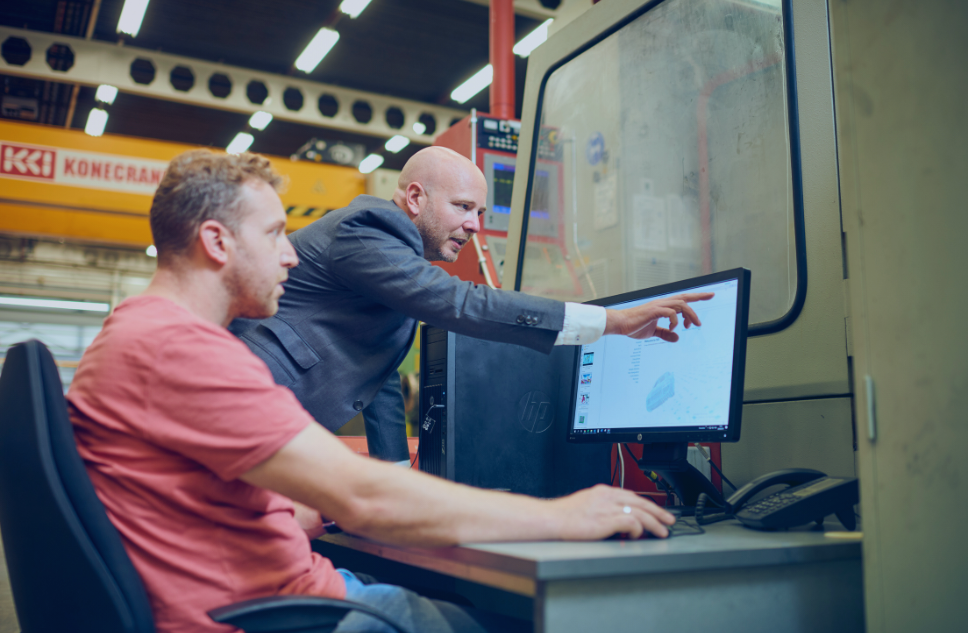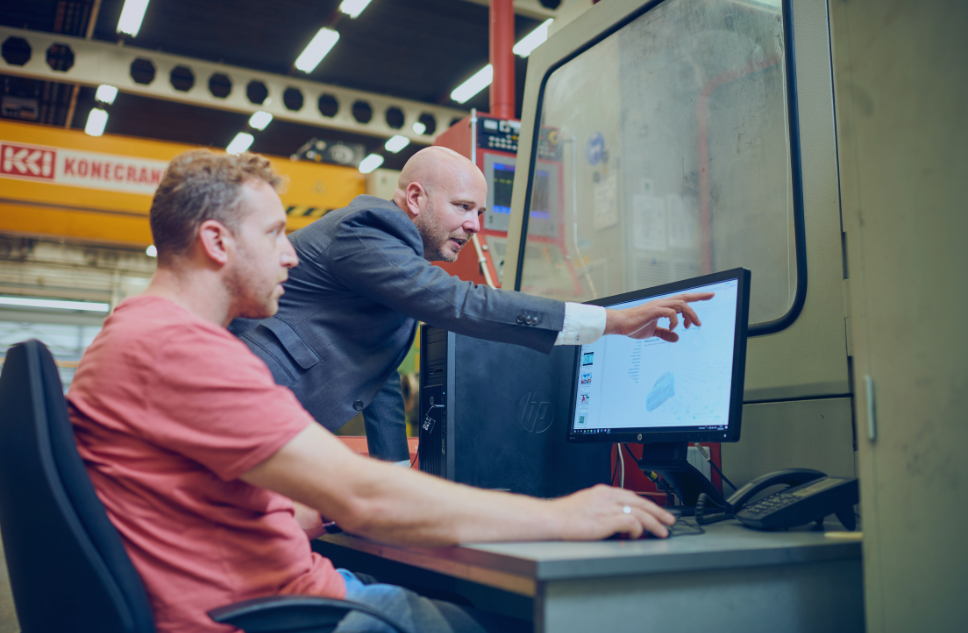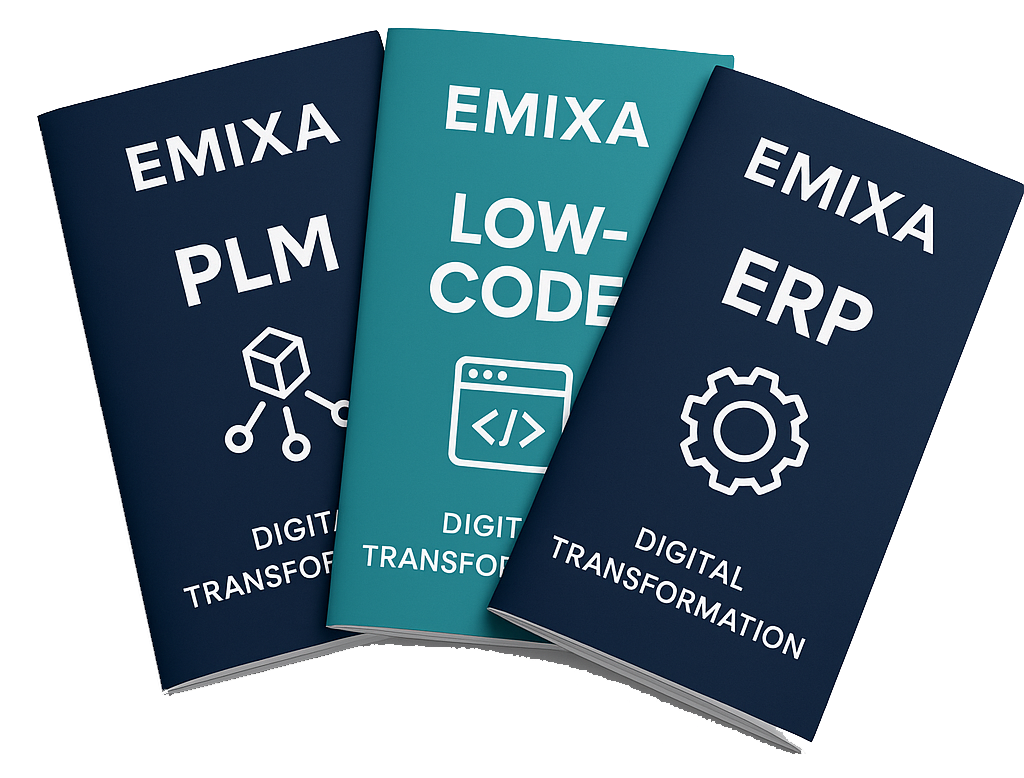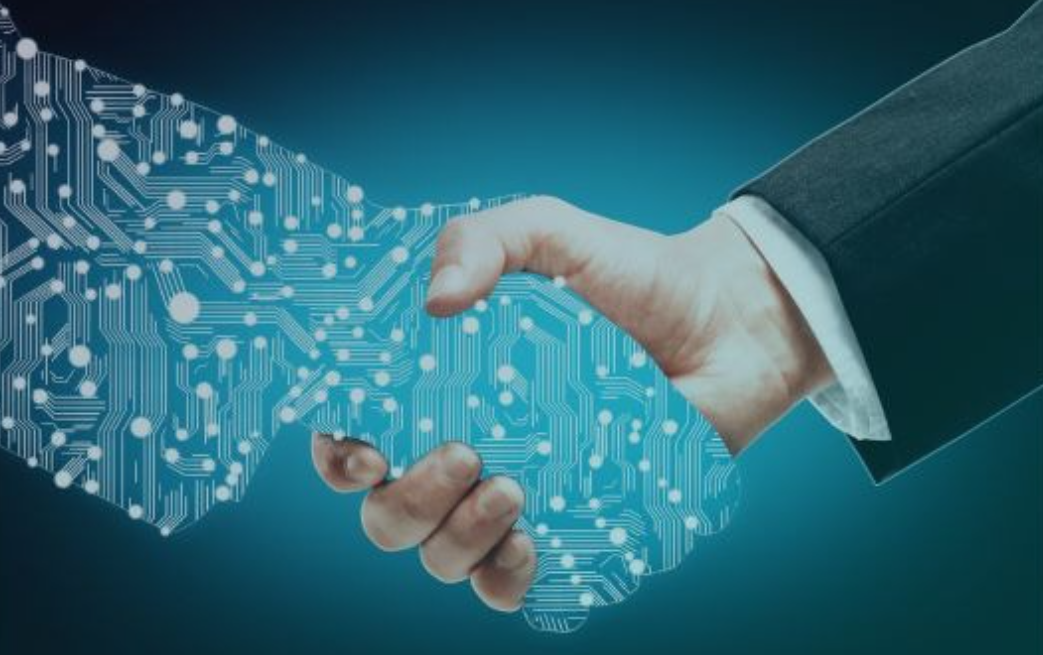
- Digital Twin
The Digital Twin for Industrial Machine Building

The world is going digital. This is not only changing how we work, learn or shop; it is also changing how products are made. Even the smallest machine builder must be able to develop modular, adaptable, multi-functional machines that can be tailored to consumer demand.
This requires a high degree of flexibility, which can cause problems for data reuse. The requirements for each machine are then namely customer specific and turn each project into a custom design with a series size of 1.
How can machine builders achieve this level of flexibility without increasing costs?
In addition, industrial machine builders must show their customers, even before the machine is delivered, how it will work and integrate with other systems. This way, they can demonstrate that their design can achieve the high ROI (Return On Investment) and low TCO (Total Cost of Ownership) that production companies are looking for. They also have to comply with more and more legislation relating to the full life cycle of a machine, from energy consumption to eventual recycling costs. Everything here must be well documented so that it can be demonstrated at all times that the relevant legislation has been complied with.
All this costs a lot of time, time that machine builders do not have because they have to compete with competitors from all over the world who are trying to supply the same machines faster and cheaper.
Integrated process
To cope with this pressure from customers, competitors and legislation, they need integrated tools that prevent working in silos. There is simply no time to design, build and commission a machine in separate consecutive steps by different departments. Such a sequential process is not only slow; you also run the risk here of losing information and introducing errors at any time data goes from one department to another.
The designs themselves are becoming increasingly complex. They often have sensors that can monitor the performance and output of the machine and are part of a uniform production system together with other machines. That complexity affects the physical design. You cannot afford to waste time at the end of a project redesigning a component or assembly because the wires and cables cannot be connected correctly. Or when you are testing the physical machine, it is much too late to discover that the control software does not take into account the mechanical limits.
Digital Twin
With so much software, automation and electronics in modern machines, a mechatronic design platform is needed for a good design that can do much more than just deal with the mechanical CAD design. To solve certain problems, it is necessary to be able to work with multiple disciplines at the same time. The solution lies in new digital technologies that create a digital thread of information between all departments involved in a project and runs through every phase of the product life cycle: from the initial requirements, through design, production, commissioning, delivery and ultimately maintenance of the machine.
This form of digitisation allows you to create a digital representation of the smart, connected, custom machine that customers demand: The 'Digital Twin'. This digital twin goes much further than just a 3D CAD design and makes use of the latest technologies and tools for, for example:
- Electro-mechanical design
- Topological optimisation
- Virtual commissioning
- Simulation
- Additive Manufacturing
- Virtual Reality
The benefits of digitisation can amount to a substantial increase in production, creating more (and more efficient) machines with the same resources and lowering costs or increasing output at the same cost. See it as a kind of digital productivity bonus. Investing in the next generation of design tools needed to make custom machines is the way to overtake competitors who cannot act as quickly or deliver exactly what customers want, giving you a loyal customer base.
Interested in what a digital twin can do for your business? Contact us to find out more about the possibilities.
Author: Bart Stuve
Published date: August 26, 2025

Explore our Technology. Access our downloads center.
Access NowStart your Digital Transformation with Emixa

We help businesses transform their digital future with cutting-edge technology and strategic products & services


